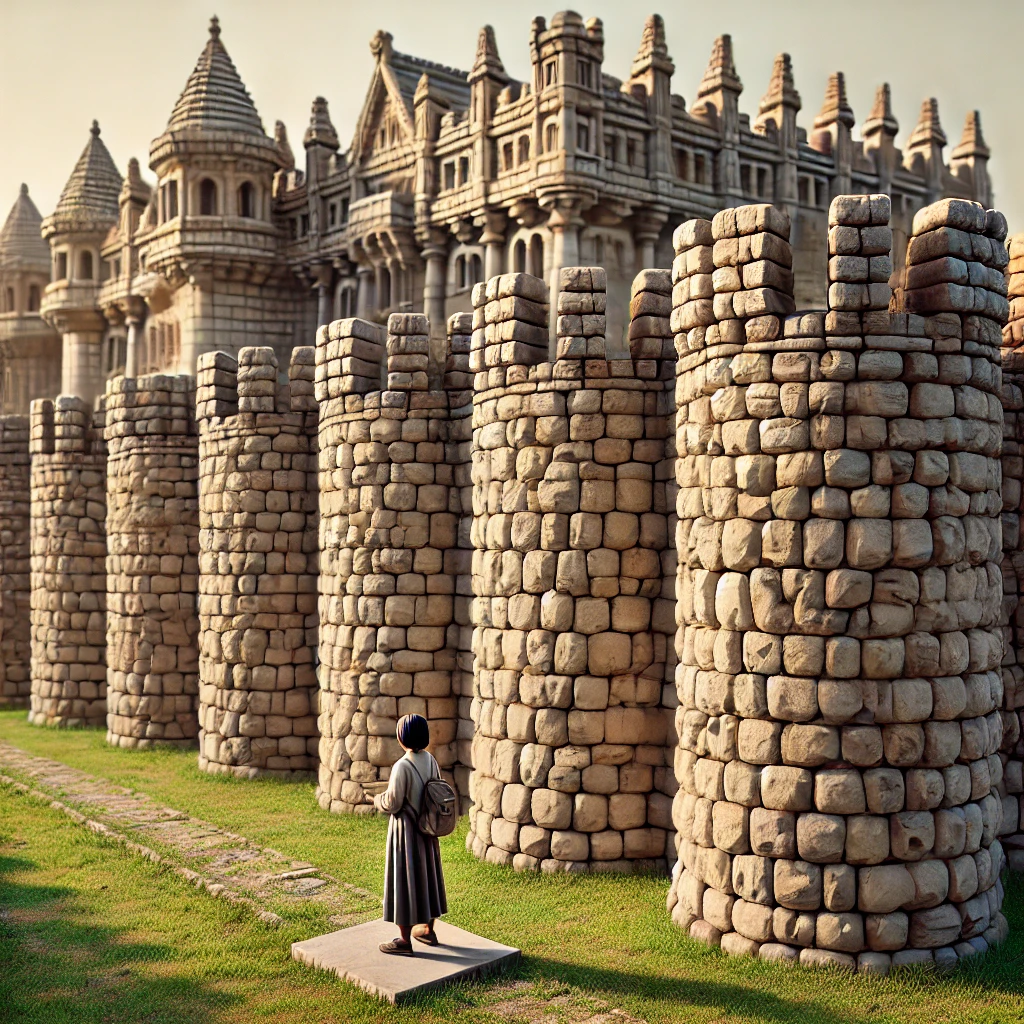ChatGPT:
Astorga, a charming city in the province of León, Spain, boasts a rich history that spans over 2,000 years. Nestled at the crossroads of the Camino de Santiago (Way of St. James) and the Vía de la Plata (Silver Route), it has long been a hub of cultural and historical significance.
Origins
Astorga originated as a Celtic settlement of the Astures tribe before being transformed into a major Roman city known as Asturica Augusta in the 1st century BCE. Its strategic location made it a key administrative and military center for the Romans, especially for controlling the surrounding gold mines, such as those in Las Médulas. During this period, the city flourished, featuring impressive infrastructure, including walls, baths, and a sewer system, traces of which can still be seen today.
Medieval Development
Following the fall of the Roman Empire, Astorga maintained its importance during the Visigothic and early Christian periods. By the Middle Ages, it had become a significant religious center, owing to its position on the Camino de Santiago, one of the most important Christian pilgrimage routes in Europe. The construction of the Cathedral of Santa María began during this era, showcasing a blend of Gothic, Renaissance, and Baroque styles.
Astorga also became the heart of the Maragato culture, a distinctive local group whose traditions and role as muleteers shaped the region’s economy and identity.
Modern History
During the 19th century, Astorga gained fame as Spain’s chocolate capital, thanks to its role in introducing cacao to the region from the Americas. Its artisanal chocolate industry remains a major cultural and economic highlight.
The city also became home to one of Antoni Gaudí’s architectural masterpieces, the Episcopal Palace, built in the late 19th century. This neo-Gothic marvel serves as a testament to Gaudí’s genius and Astorga’s historical significance as a diocesan center.
Today
Astorga is a vibrant blend of ancient and modern. Visitors can explore its Roman heritage through archaeological sites, admire medieval and modern architecture, and savor its renowned gastronomy, including cocido maragato (a traditional stew) and its celebrated chocolates. The city’s festivals, such as the Roman-themed Astures y Romanos, celebrate its layered history and cultural identity.
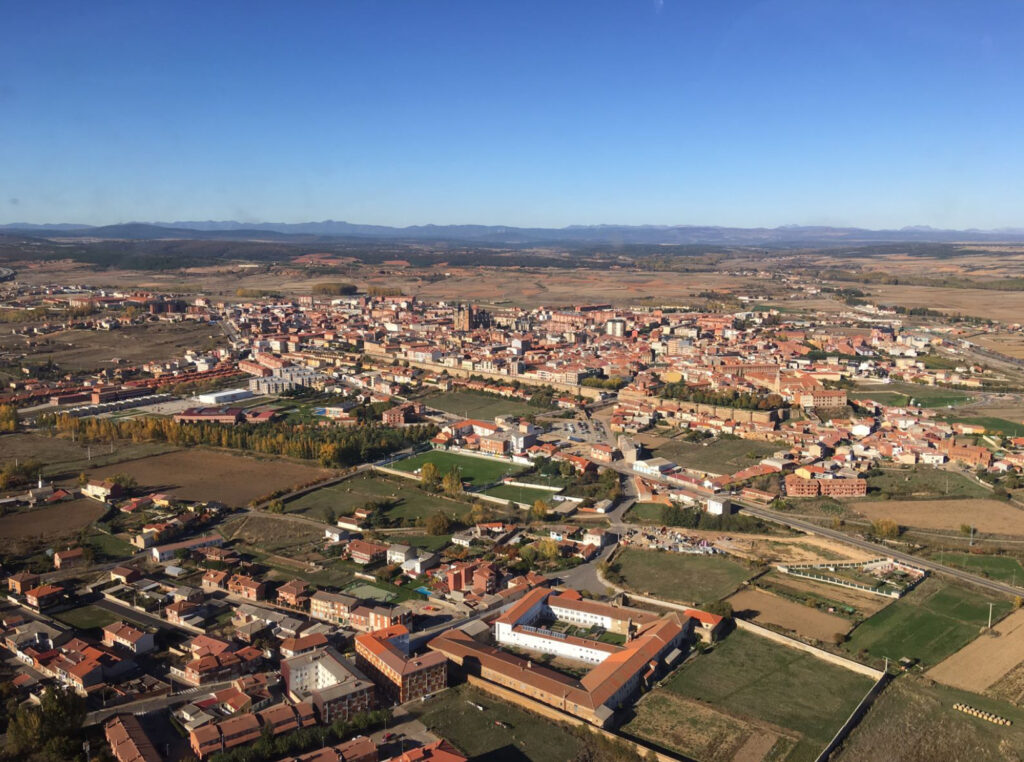
Astorga holds a significant place in the Camino de Santiago, serving as a major stop along the French Way (Camino Francés), the most popular pilgrimage route to Santiago de Compostela. Its location at the crossroads of ancient trade and pilgrimage routes has made it a historical haven for pilgrims for centuries.
The city’s legacy on the Camino is reflected in its rich infrastructure designed to support travelers, including medieval hospitals, albergues, and religious landmarks such as the Cathedral of Santa María and Gaudí’s Episcopal Palace, which provide spiritual and architectural inspiration. Astorga’s vibrant cultural heritage, including its traditional hospitality and unique gastronomy, continues to make it a memorable and restorative stop for modern-day pilgrims.
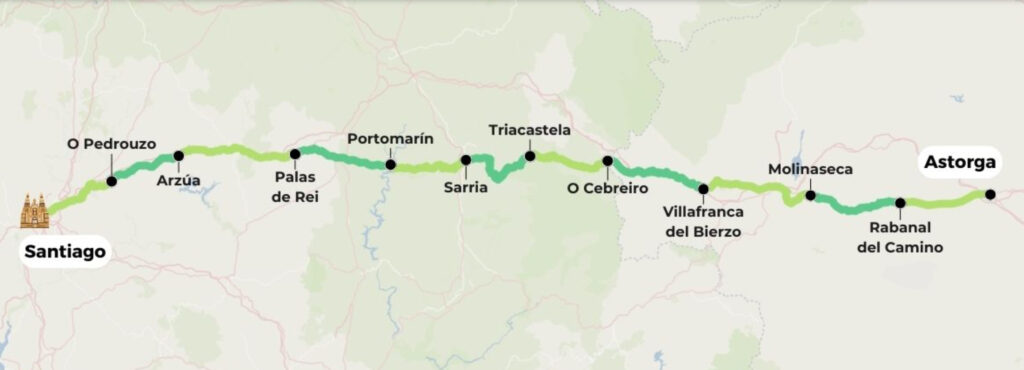
Astorga earned its title as the chocolate capital of Spain due to its early adoption of chocolate production in the 17th century, introduced by returning Spanish explorers from the Americas. The city’s strategic location along trade routes, such as the Camino de Santiago, facilitated the distribution of cacao and its derivatives. By the 18th century, Astorga had developed a thriving artisan chocolate industry, with numerous workshops perfecting the craft.
The legacy continues today, with Astorga celebrated for its artisanal chocolate, traditional recipes, and the Museo del Chocolate, which showcases the city’s rich history with this beloved treat.
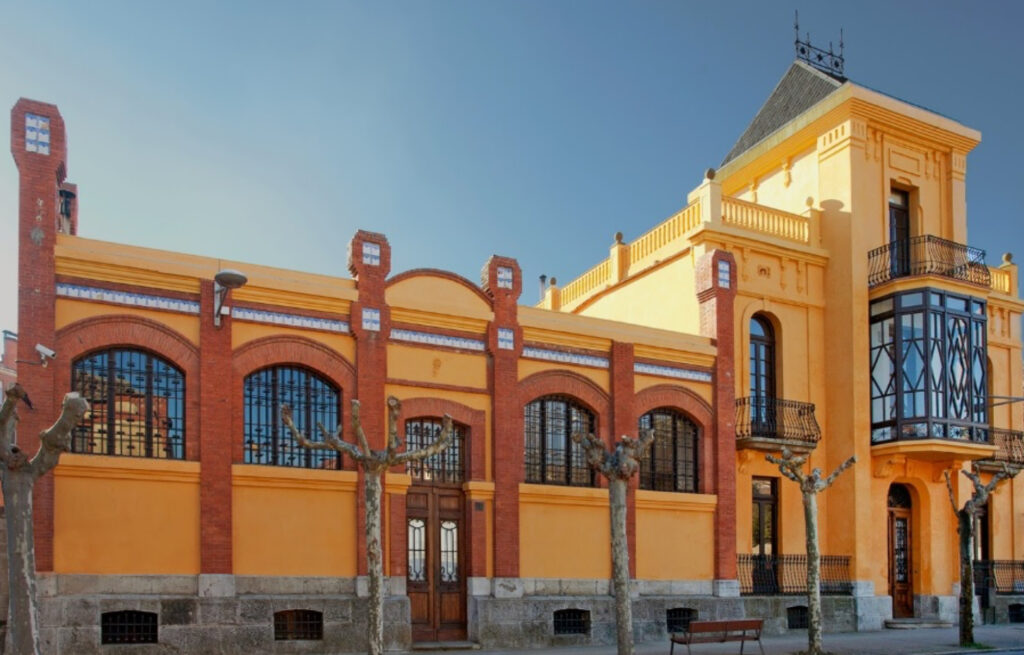
Historical Monuments and Tourist Attractions in Astorga
Astorga offers a variety of monuments and attractions that highlight its historical significance and cultural charm. Here’s a comprehensive list:
1. Astorga Cathedral (Cathedral of Santa María)
• Date: Construction began in 1471 and continued into the 18th century, combining Gothic, Renaissance, and Baroque styles.
• Features:
• Magnificent altarpiece created by Gaspar Becerra.
• Elaborate choir stalls and sacristy.
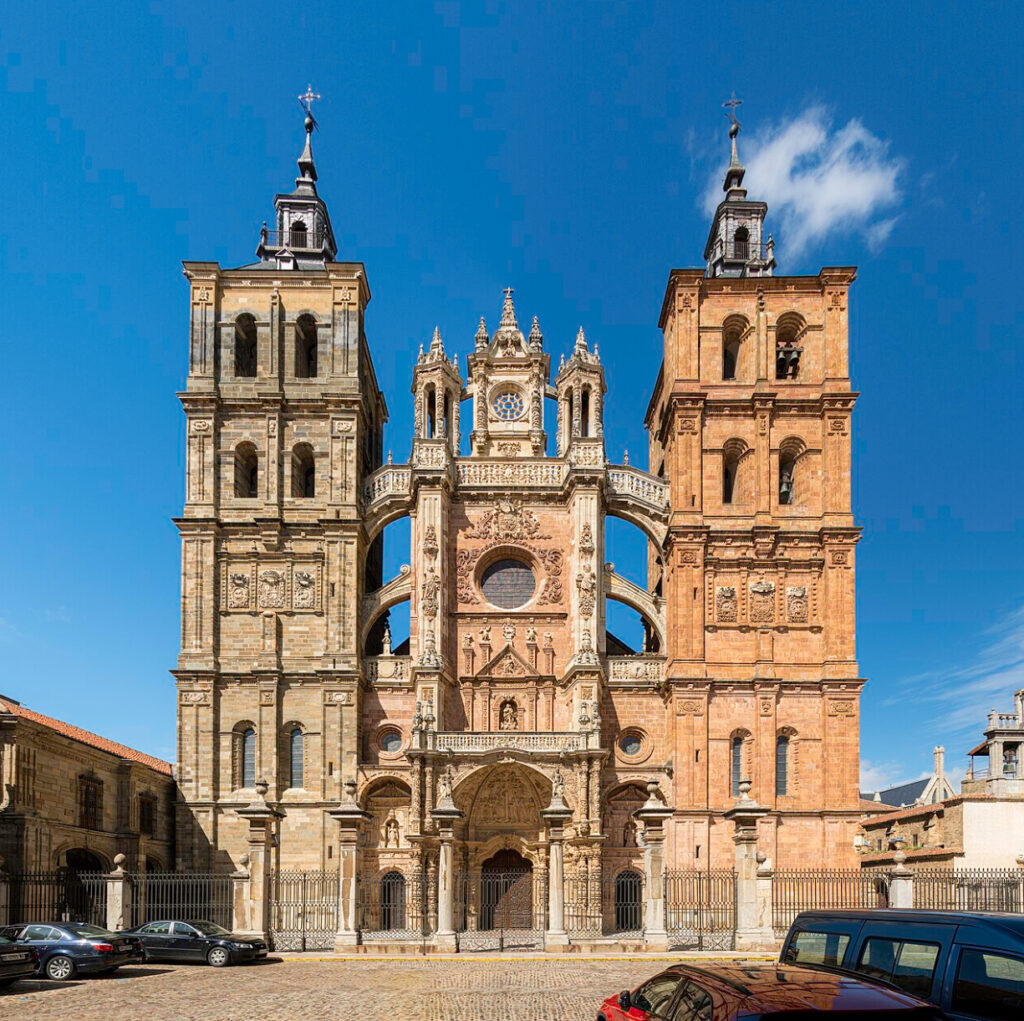
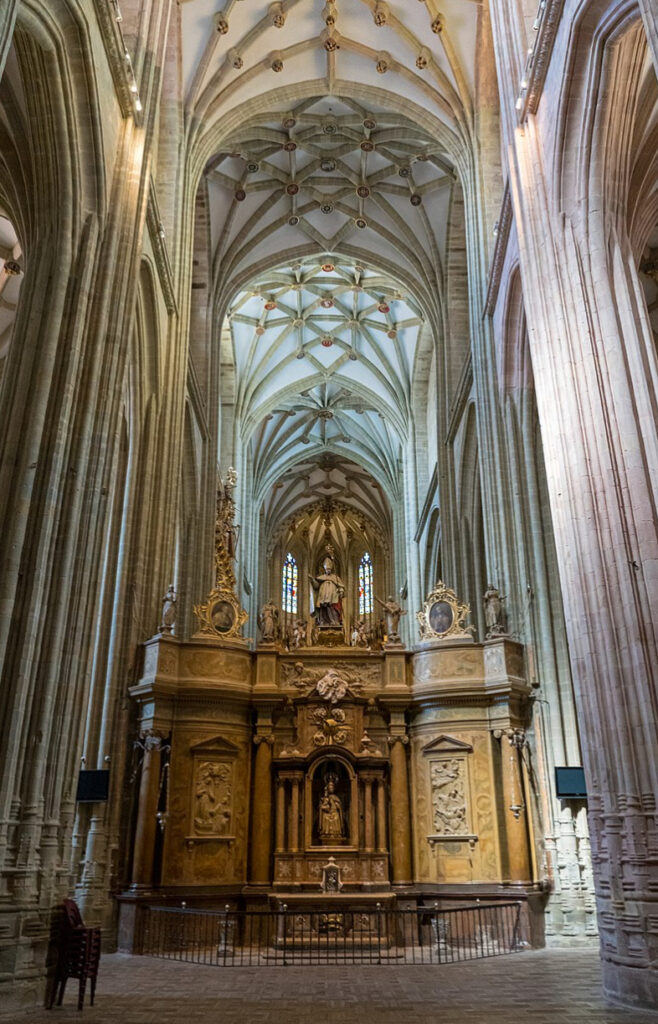
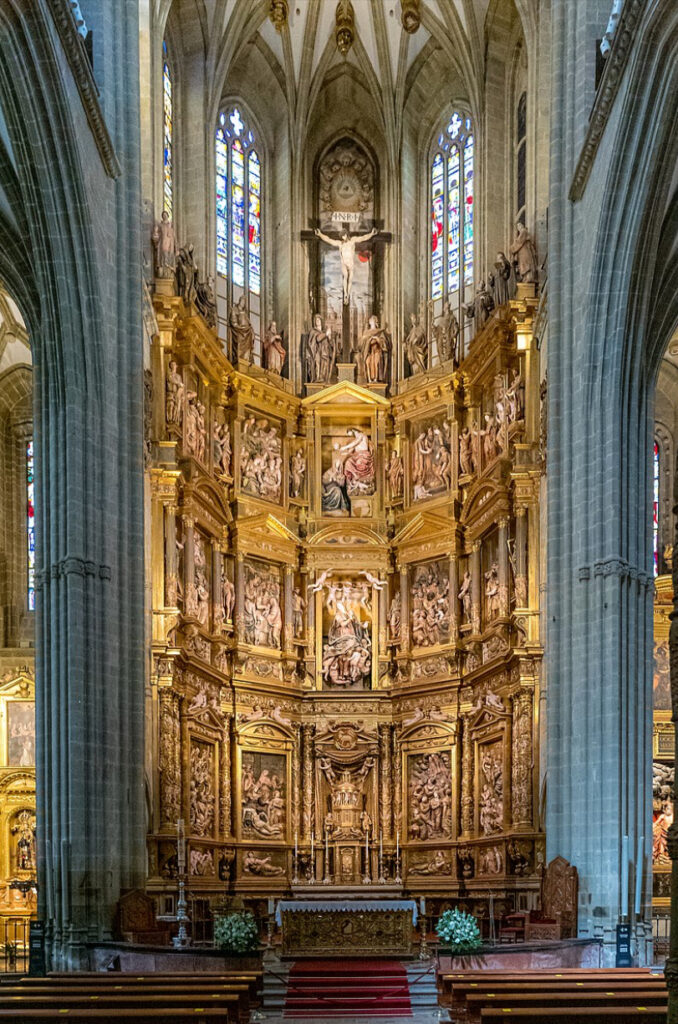
2. Gaudí’s Episcopal Palace (Palacio Episcopal)
• Date: Constructed between 1889 and 1915.
• Features:
• Neo-Gothic architecture designed by Antoni Gaudí.
• Houses the Museum of the Camino de Santiago.
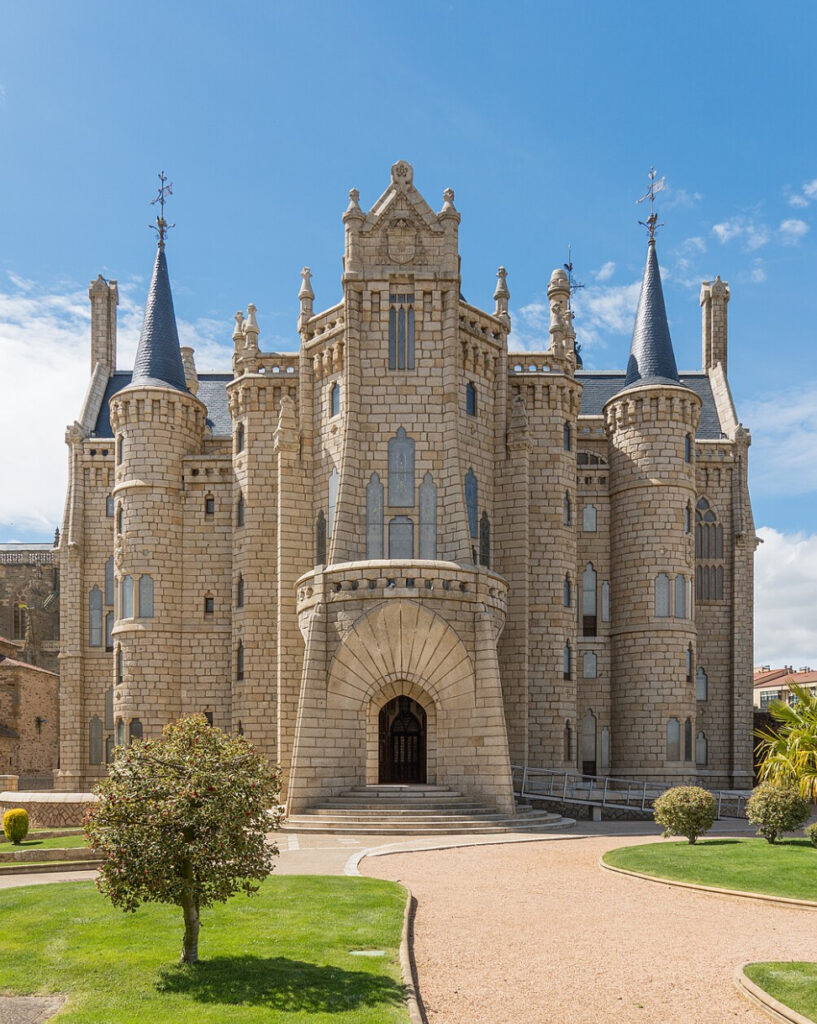
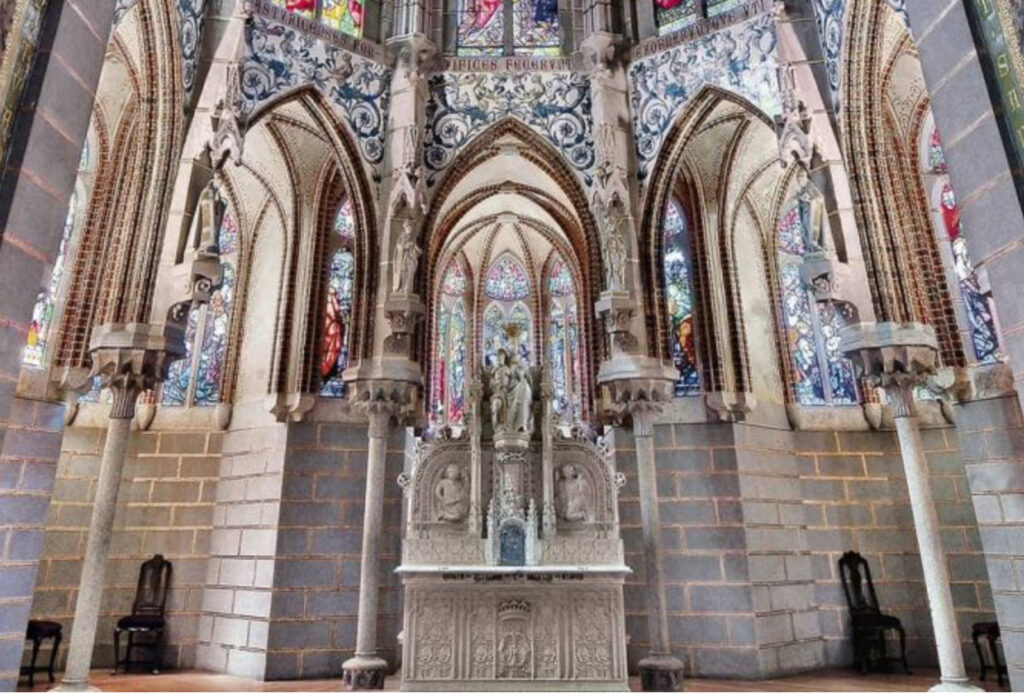
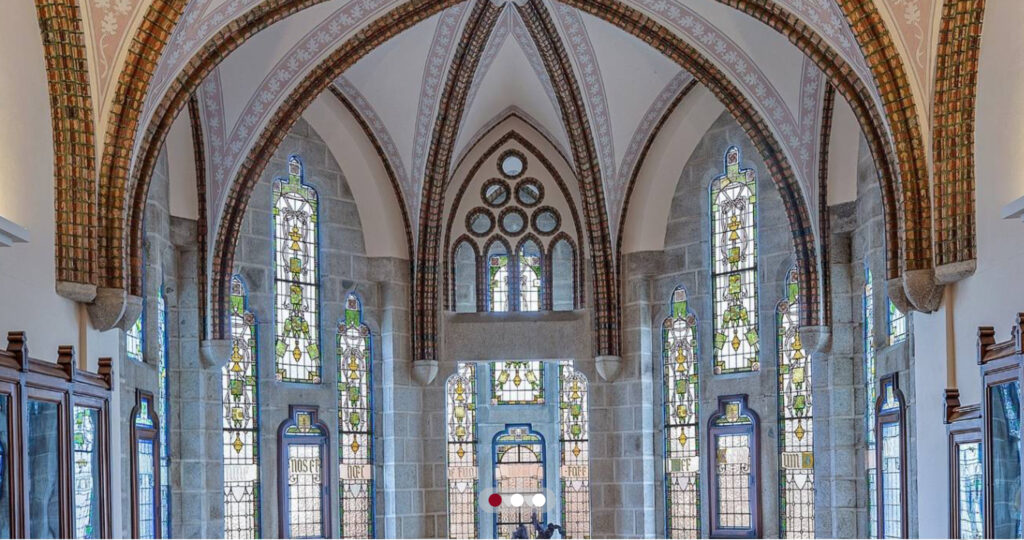
3. Roman Walls
• Date: Originally built in the 3rd century CE and later reinforced during medieval times.
• Features:
• Well-preserved sections around the old city.
• Offers scenic views of Astorga and its surroundings.
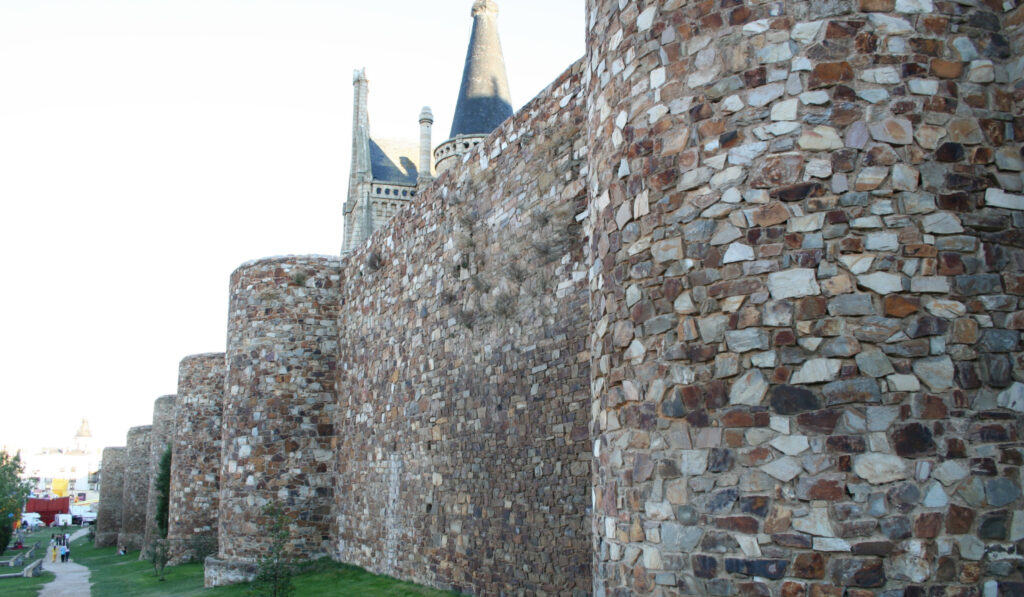
4. Roman Ruins and Museum
• Date: Roman period (1st–4th centuries CE).
• Features:
• Remains of the Roman forum, baths, and mosaics.
• Artifacts displayed at the Museo Romano, including ceramics and coins.
• Guided tours of underground Roman sewer systems.
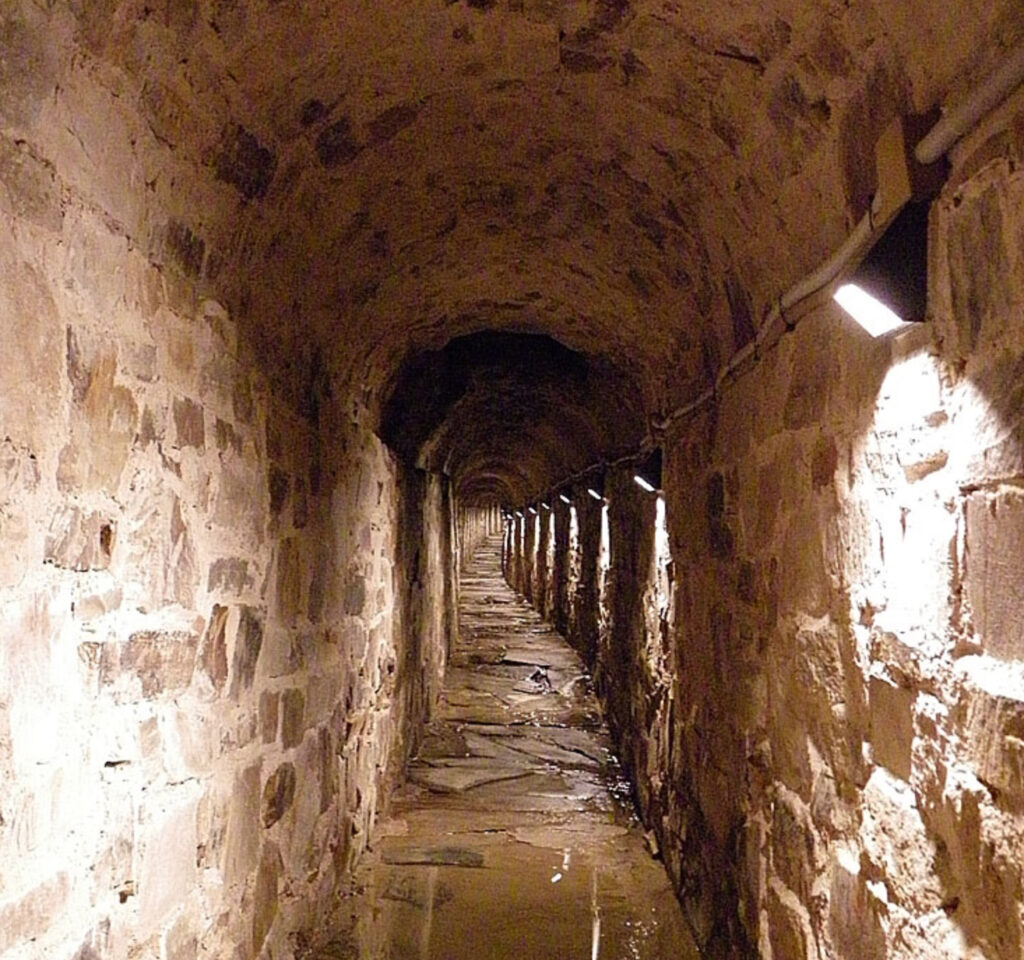
5. Plaza Mayor and Town Hall
• Date: Town Hall built in the 17th century.
• Features:
• Baroque-style façade with unique clock figures known as “Maragatos” that strike the bell on the hour.
• Vibrant square surrounded by cafés and shops.
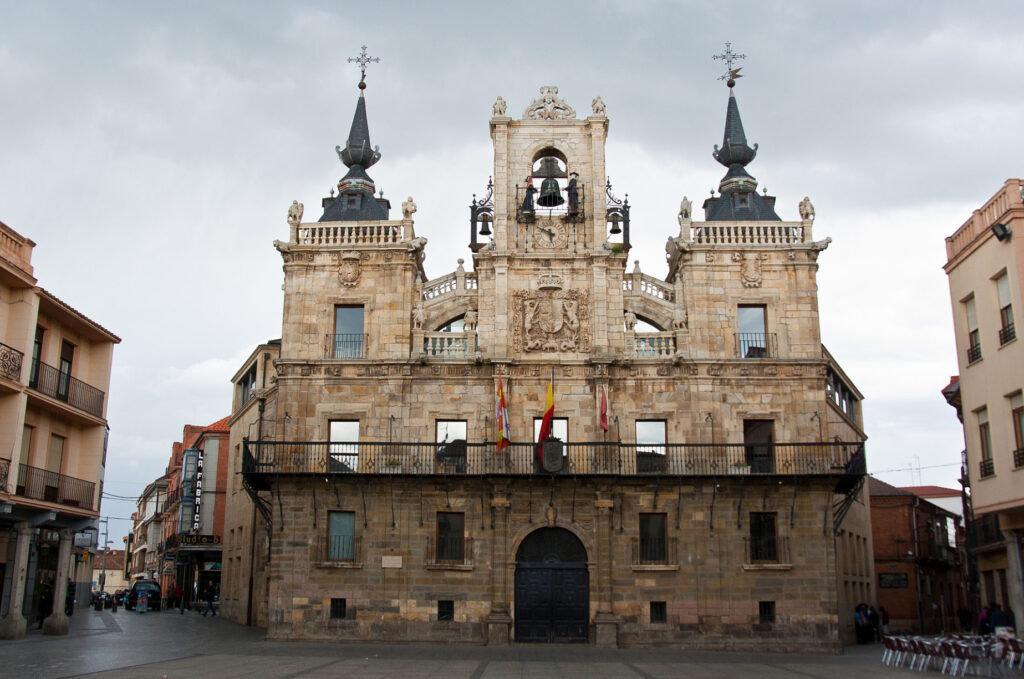
6. Castrillo de los Polvazares
• Date: Established in the 16th century as a Maragato village.
• Features:
• Cobbled streets and traditional stone houses.
• Known for its local dish, cocido maragato.
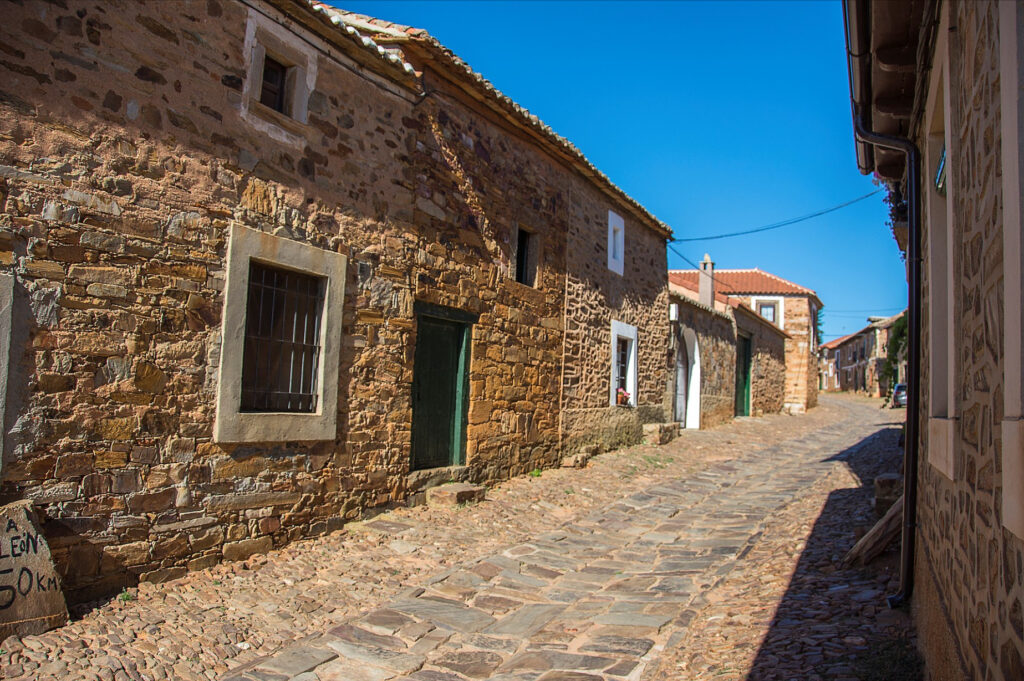
7. Museo del Chocolate (Chocolate Museum)
• Date: Opened in 1994.
• Features:
• Exhibits the history of chocolate production in Astorga.
• Antique machinery, molds, and packaging.
• Tasting opportunities for locally produced chocolates.
• Tourist Tip: A must-visit for chocolate lovers!
8. Church of San Bartolomé
• Date: Originally built in the 11th century, later reconstructed in Gothic and Baroque styles.
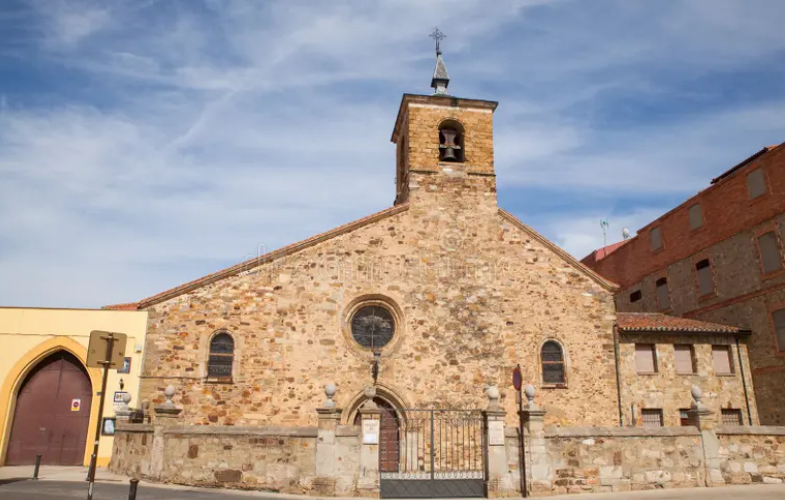
9. Roman Route (Ruta Romana)
• Date: Roman period.
• Features:
• Guided tours of underground Roman sewers, walls, and thermal baths.
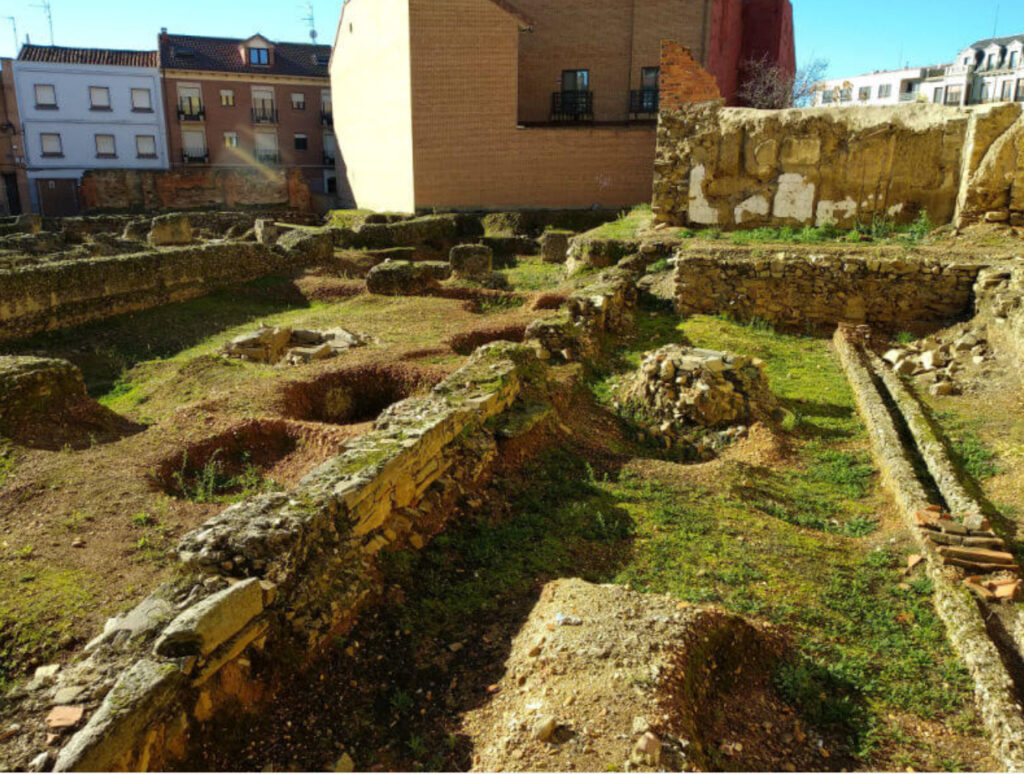
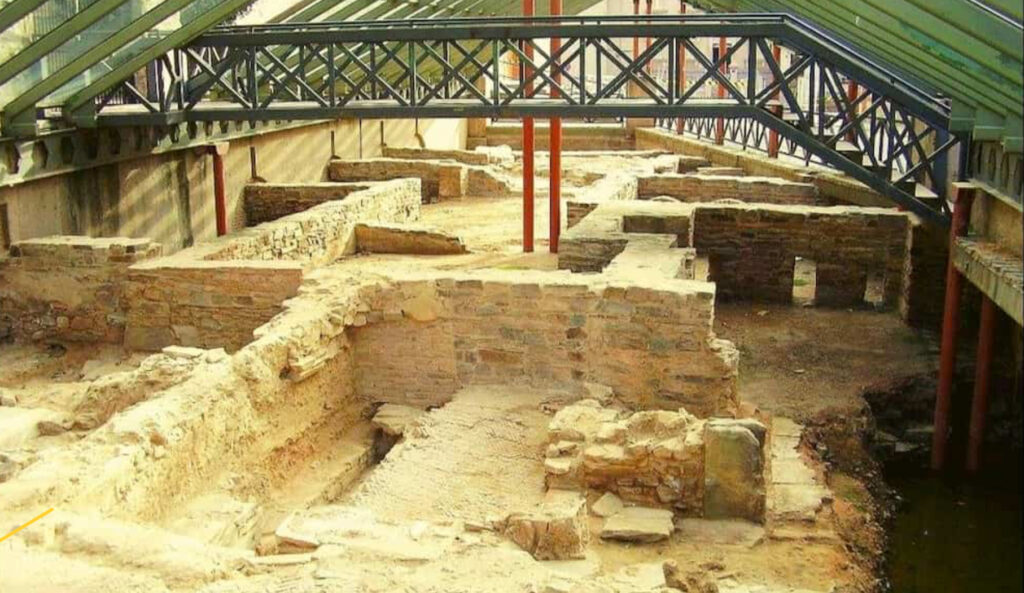
10. Festivals and Cultural Events
• Key Events:
• Astures y Romanos Festival (July): A vibrant reenactment of Roman and Asturian times.
• Semana Santa (Holy Week): Known for its solemn processions.
Astorga’s blend of Roman ruins, medieval architecture, and modern attractions makes it a captivating destination for history and culture enthusiasts.
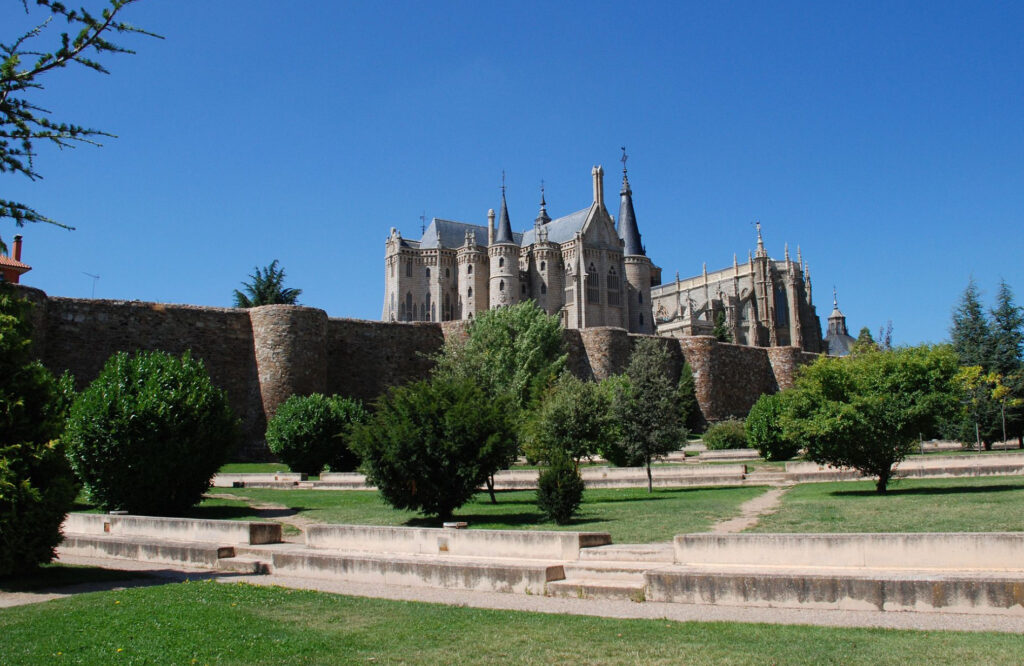
One-Day Itinerary for Astorga
Morning: Roman Heritage and Gaudí’s Masterpiece
1. 9:00 AM – Start at the Roman Museum and Roman Ruins
• Explore the remnants of Asturica Augusta, including Roman mosaics, baths, and underground sewers.
• Visit the Museo Romano for insights into Astorga’s Roman past.
2. 10:30 AM – Visit Gaudí’s Episcopal Palace
• Admire Antoni Gaudí’s neo-Gothic masterpiece and its fairy-tale design.
• Explore the Museum of the Camino de Santiago housed inside.
3. 11:30 AM – Stroll Along the Roman Walls
• Walk along the well-preserved Roman walls for panoramic views of the city.
• Learn about their significance in defending the ancient city.
Lunch: Local Gastronomy
4. 1:00 PM – Enjoy Cocido Maragato
• Head to a traditional restaurant, such as Restaurante Casa Maragata, to savor cocido maragato, a hearty stew served in reverse order (meat first, then chickpeas and soup).
Afternoon: Religious and Cultural Sites
5. 3:00 PM – Visit the Astorga Cathedral (Santa María)
• Explore this stunning cathedral blending Gothic, Renaissance, and Baroque styles.
• Don’t miss the impressive altarpiece by Gaspar Becerra and the adjacent cathedral museum.
6. 4:30 PM – Stop by the Plaza Mayor and Town Hall
• Relax at the lively Plaza Mayor, admire the 17th-century Town Hall, and watch the famous Maragato clock figures chime on the hour.
Evening: Chocolate and a Scenic Walk
7. 5:30 PM – Museo del Chocolate
• Learn about Astorga’s legacy as Spain’s chocolate capital, from its history to traditional production methods.
• Sample some local chocolates during your visit.
8. 6:30 PM – Leisurely Stroll Through Casco Antiguo
• Wander through Astorga’s Old Town, soaking in the charm of its cobblestone streets and historic architecture.
Dinner
9. 7:30 PM – Try Local Specialties
• Enjoy a light dinner featuring cecina (cured beef) or a variety of tapas at a local eatery such as La Peseta Restaurante.
Optional Nightcap:
10. 8:30 PM – Evening View of Gaudí’s Episcopal Palace
• End your day with a nighttime view of the illuminated palace for a magical experience.
This itinerary blends Astorga’s rich history, stunning architecture, and delicious local cuisine into a memorable day.
